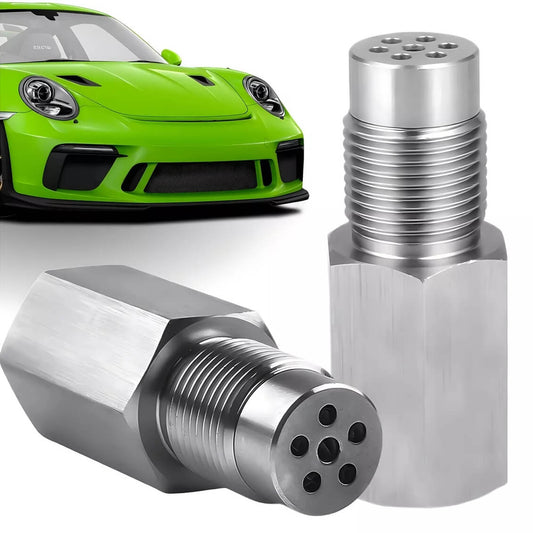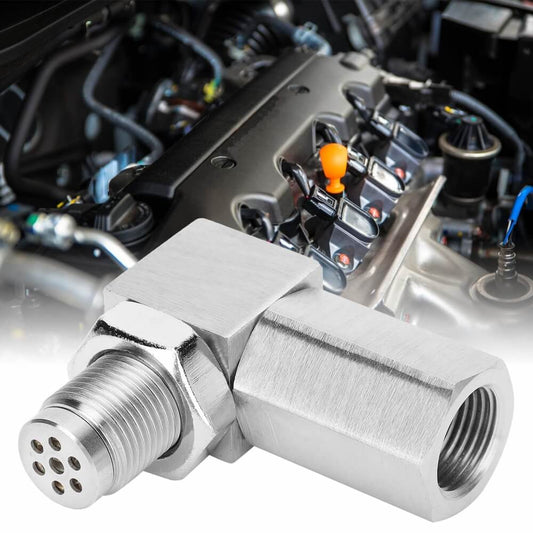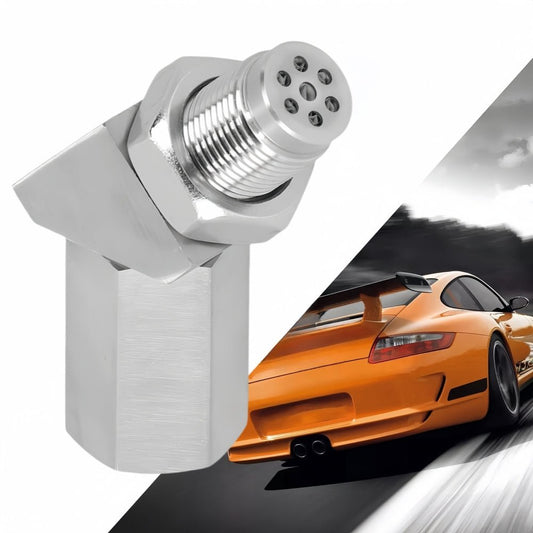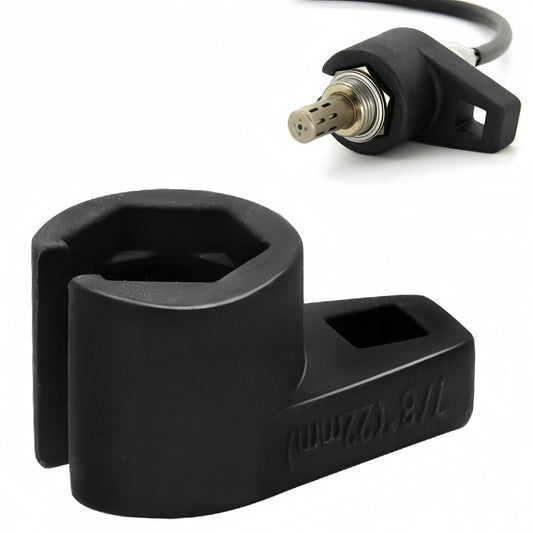Bypassing an O2 Sensor: Risks, Alternatives, and the Role of Mini Catalizador
Share
Bypassing an O2 Sensor: Risks, Alternatives, and the Role of Mini Catalizador
Oxygen (O2) sensors play a crucial role in monitoring exhaust oxygen levels, helping the ECU regulate the air-fuel ratio and ensuring the catalytic converter functions efficiently. Some vehicle owners consider bypassing an O2 sensor to resolve check engine lights (CEL), improve performance, or avoid costly repairs. However, this practice carries significant risks and legal consequences. This article explores why people attempt to bypass O2 sensors, the risks involved, and safer alternatives such as using a Mini Catalizador.

Why Do Some Consider Bypassing an O2 Sensor?
- Check Engine Light Issues: A faulty O2 sensor can trigger a CEL, leading some to seek a workaround instead of addressing the root problem.
- Performance Modifications: Enthusiasts modifying their exhaust systems may find O2 sensors interfere with their desired air-fuel ratios, prompting them to consider bypassing.
- Avoiding Costly Repairs: Replacing a catalytic converter can be expensive, leading some to bypass O2 sensors to prevent warning lights.
Common Methods Used to Bypass O2 Sensors
- O2 Sensor Simulators: These devices send a constant signal to the ECU, mimicking a functional sensor to prevent CEL activation.
- O2 Sensor Spacers (Mini Catalizador): A spacer, such as the Mini Catalizador, moves the O2 sensor slightly out of the exhaust stream, reducing its exposure and potentially preventing a CEL.
- Resistor Modifications: Some attempt to modify sensor wiring with resistors to trick the ECU into reading stable emissions levels.
Why O2 Sensor Bypassing Fails in the Long Term
While O2 sensor spacers or simulators may temporarily suppress CEL warnings, they do not address the underlying issue. The ECU conducts periodic tests to validate catalytic converter efficiency. If the expected sensor fluctuations are missing, the ECU will eventually detect the issue and re-trigger a P0420 or P0430 error.
Mini Catalizador: A Safer Alternative
Instead of fully bypassing an O2 sensor, a Mini Catalizador is a high-performance O2 sensor spacer that integrates a mini catalytic converter. It helps modulate sensor readings, reducing false CEL triggers caused by high-flow or deleted catalytic converters while maintaining emissions control.
Risks of Bypassing an O2 Sensor
- Increased Emissions: An improperly tuned ECU can lead to higher pollution levels and failed emissions tests.
- Engine Performance Issues: Incorrect air-fuel ratios can result in rough idling, hesitation, and reduced efficiency.
- Catalytic Converter Damage: Unburned fuel can overheat and damage the catalytic converter, leading to costly repairs.
- Legal and Regulatory Consequences: Tampering with emissions systems is illegal in many regions and can result in fines.
- Voided Warranties: Many manufacturers will void warranties if emissions components are bypassed or modified.
Conclusion
While bypassing an O2 sensor might seem like an easy fix for performance or cost-saving reasons, it carries significant risks. Instead, using a Mini Catalizador spacer can help optimize O2 sensor readings while maintaining compliance with emissions standards. For long-term solutions, proper ECU tuning and addressing exhaust system inefficiencies remain the best approach.





